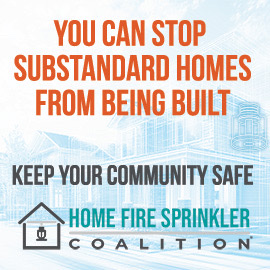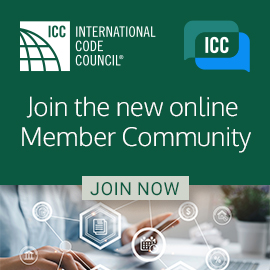Catastrophic Washington State Flooding
State and local authorities in Washington have declared a state of emergency and issued evacuation orders for all residents living in the Skagit Valley’s 100-year floodplain as unprecedented floodwaters from heavy rainfall continue to rise in Washington rivers. Evacuation orders were also issued for people living in Pierce, Snohomish, and Whatcom Counties. Even with drier weather on the way, the National Weather Service has warned that catastrophic flooding is expected to continue over the weekend. State officials anticipate that up to 100,000 people are under evacuation orders. The heavy rainfall also brings the risk of landslides to the region.
The International Code Council offers its support to all those affected by this tragic event. We are actively engaged and working with our Washington chapters and with local officials to support response and recovery efforts.
The Code Council and the Association of State Floodplain Managers support post-disaster utilization of building officials and floodplain managers through mutual aid agreements and other disaster aid networks to assist impacted jurisdictions and communities in need.
If you are a building official located in the affected areas and need assistance with post-disaster building safety assessments or building code related issues, please reach out directly to us through your regional Government Relations representative for Washington, Bryan Imai or Karl Fippinger, Vice President Fire and Disaster Mitigation.
Disaster Resources
- ICC When Disaster Strikes Institute
- ICC Fire and Disaster Mitigation
- Association of State Floodplain Managers
- Skagit County Emergency Management
- Pierce County Emergency Management
- Snohomish County Emergency Management
- Whatcom County Emergency Management
- Washington State Emergency Management Division
- Federal Emergency Management Agency
- FEMA - National Flood Insurance Program



